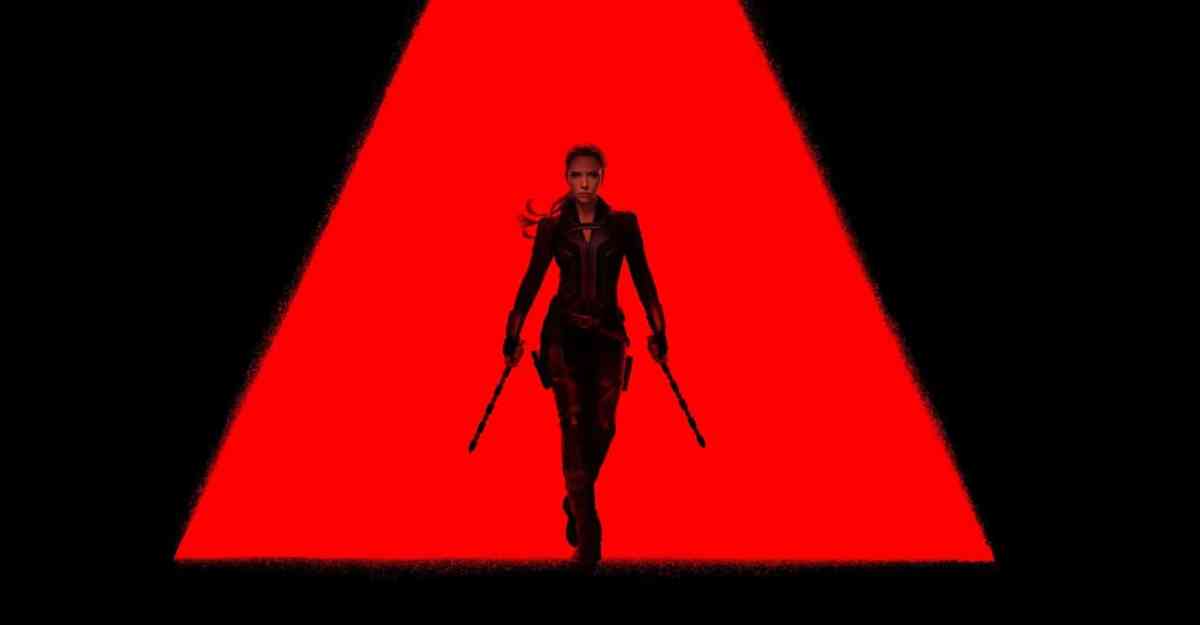
Ask a child what a Bulbasaur or an Igglybuff is, and he or she will effortlessly list a ream of details about it, including its abilities, where it dwells, and what sort of super-mon it can evolve into. Ask that same child what a star-nosed mole or an aye-aye is, and he or she hasn’t a clue. Okay, so that’s not exactly fair, I had to look up the latter animal as well, but a 2002 study confirms the upsetting fact that children can more readily identify Pokemon characters than they can the wildlife found in their own backyards.
In a study published in Science, conservationist Andrew Balmford and other researchers found that children up to age 8 were able to identify nearly 80 percent of 150 Pokemon species, and only 50 percent of common wildlife types found in their local areas. Balmford entreated fellow conservationists to heed the lessons of Pokemon: “People care about what they know. With the world’s urban population rising by 160,000 people daily, conservationists need to re-establish children’s links with nature if they are to win over the hearts and minds of the next generation.”
This plea inspired David Ng and the folks from Science Creative Quarterly to create a trading card game that would combine the addictiveness of Pokemon with the beauty of the natural world. Thus, in the year 2010, The Year of Biodiversity, Phylomon was born.
Due to copyright issues, Phylomon will not be the official title of the game, but it’s still what the community lovingly calls their pet project. It also portrays the concept of the game beautifully: The name is a play on the words Pokemon and Phylum, the taxonomic level subordinate to Kingdom. For now, the game is tentatively titled “Phylo.”
According to the official website, Phylo will be a “non-commercial-open-access-open-source-because-basically-this-is-good-for-you-your-children-and-your-planet” trading card game. And that’s about all we know – the rules sets and gameplay mechanics are unknown and this is exactly where you come in. The final design of Phylo will be the result of a creative collaboration of illustrators, scientists, game designers, and anyone else interested in the project. “Since this project is so reliant on a diverse range of communities, I think it’s only natural how the project takes shape will be a more organic and fluid affair,” states Ng. “It’s funny, but others have often equated this process to “evolution” itself. This actually warms my heart – to me, folks affectionately using biological metaphors suggests that we may be on to something special here.”

The Phylo forums are absolutely exploding with ideas, and it’s likely that many of the possible game designs could be used to play Phylo. The focus is on identifying game designs that encompass two qualifying aspects that must be a part of Phylo: addictiveness and learning potential. Of course a game should be fun and addictive, but educational? Learning in games is often considered “serious gaming,” often with a yawn. However, Phylo will likely be the game to bridge the gap between fun and learning. “The goal, of course, is that players will embed themselves a little more in the culture of biodiversity, which in turn, will hopefully get them to maybe want to experience it first hand in their backyard, in parks, on trails, on walks, etc,” Ng explains.
One popular rules set would require players to create a functional ecosystem using the cards in their deck. In order to do so, players would lay down species cards that represent all aspects of a healtyhy ecosystem: from apex predators and herbivores, to decomposers and plant life. Another popular design is the typical animal vs. animal attack system, sort of like what the Pokemon card game uses. The Phylo version would be reminiscent of the popular Discovery Channel TV show “Animal Face Off.” In this version, animals that would normally never run into one another in the wild would be able to battle. Perhaps the famous question asked during The Escapist’s live editorial interview could finally be answered: Which would win in a fight -a T-rex or a pack of cats?
According to Ng, there’s a reason that facts about Pokemon stay in the memories of children more readily than facts about natural animals:
Children are less likely to immerse themselves in the outdoors these days. Whether this is due to being in an urban environment or due to the multitude of things that can distract them from just “going out to play,” it’s clear that children (and adults as well for that matter) are less ecologically aware. In other words, I’m sure Pokemon is effective for many reasons – it’s fun, looks great, has a strong brand complete with video game, TV show, and engaging fictional universe , but I wouldn’t be surprised that if you asked a child 50 years ago what kind of wildlife was around them, they would’ve done a lot better than today.
That’s not a knock against Pokemon, but rather, a compliment. Whatever Pokemon is doing works. Thus, the ultimate goal of Phylo is to harness the addictiveness and fun factor of Pokemon and get people to feel that way about the natural world. Phylo promises to be just as diverse as Pokemon is “The type of content that could be produced is pretty much limitless – estimates on the number of species on the planet Earth range somewhere in the 5 to 30 million. That’s a lot of freaking cards to play around with!”
Bottom line: Phylo, or whatever it ends up being called, is going to be a card game that you create. Just as in the real world, where we have such power in shaping the world around us, we too will be able to shape the Phylo-game we want to play. Just join the Phylo forums and start creating! Draw some animals, write up a gameplay concept, and help evolve Phylo into its final form.



Published: Mar 18, 2010 07:32 pm